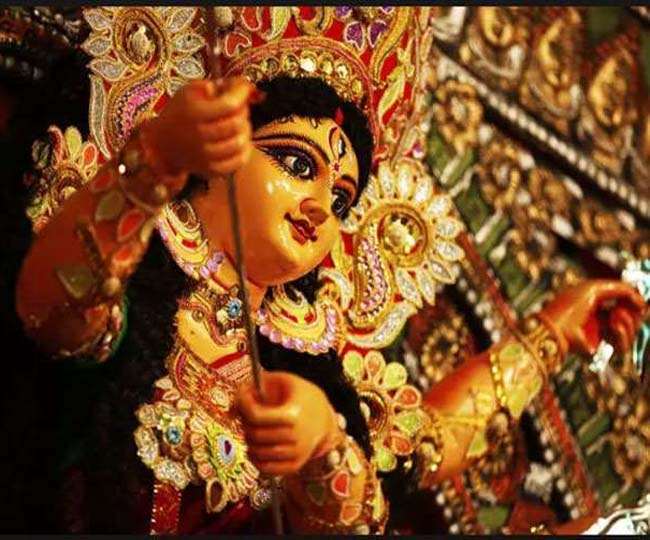New Delhi: Navaratri is a Hindu festival that is observed in honour of goddess Durga. This year, Sharad Navaratri will be held in India from Monday, September 26, 2022 to Wednesday, October 5, 2022.
Though the festival of Navaratri occurs four times a year, we usually observe and celebrate Chaitra Navaratri and Sharad Navaratri.
Navaratri is celebrated as a mark of goddess Durga’s victory over a buffalo demon named Mahisha asura in order to restore dharma and faith. The theme of the festival is triumph of good over evil forces.
According to Hindu texts, the Sharada Navaratri falls during the autumnal equinox, around the months of September and October, annually.
Sharada Navaratri is the most celebrated of the four Navaratris and is named after Sharad, meaning autumn season.
The festival is observed for nine days, wherein each day is dedicated to a particular deity. The first day is known as Pratipada and the ninth day is known as Navami.
It signifies the end of the monsoon season and is the harbinger of the autumn season. The seasonal change is celebrated through dancing all night and fasting as the Navaratri indicates of the onset of the changing season.
In certain parts of the country, tools and weapons are worshiped in a ritual called Ayudha Puja on the last day of Navaratri.
The festival is celebrated in the western Indian states by invoking goddess Durga while dancing on tunes to praise the goddess. The ritual of dancing all nine nights is known as garba.
In West Bengal, Bihar, Jharkhand, Odisha and other eastern states of India, Durga puja celebrations are held from the sixth day or Shashti onwards. Huge temporary puja pandals are erected to honour the goddess Durga along with Lord Kartikeya, Lord Ganesha, Goddess Saraswati, and Goddess Lakshmi.
The people in the east begin the festival through Mahalaya, which begins around 3 am. Through Mahalaya, people remember those that have passed away during the Shraad month and invoke the warrior goddess, allowing her to come upon the land and bless the people.
Sixth day onwards, several cultural activities including dances, drama, prayers are held in community halls and huge pandals are held in the eastern states.
On the other hand, North Indians celebrate Navaratri through various Ram-leela events. Elaborate drama and street plays that enact episodes from the Ramayana are held across cities and towns. Most artists and their troops in towns enact the play while walking on foot across the streets, so that all citizens catch a glimpse of the play.
There are Ramlila grounds designed to hold public and large-scale dramas in cities. Every year episodes from the Ramayana are enacted in front of huge audiences during Navaratri.
Meanwhile, Keralites observe saraswati puja; Maharashtrians observe ghat sthapana (earthen pot foundation) where they offer fruits, garlands, agricultural produce, and water; people in Tamil nadu observe temple dances like Mohiniattam and Bharatnatyam and celebrate with Gollu dolls; and Karnataka and Telangana are popularly known for celebrating Dasara.
Dasara or Dusshera is celebrated on the tenth day of the festival, by beheading a huge effigy of demon-ruler Raavana before burning it as a symbol of the good winning over evil.
(Avya Mathur)

